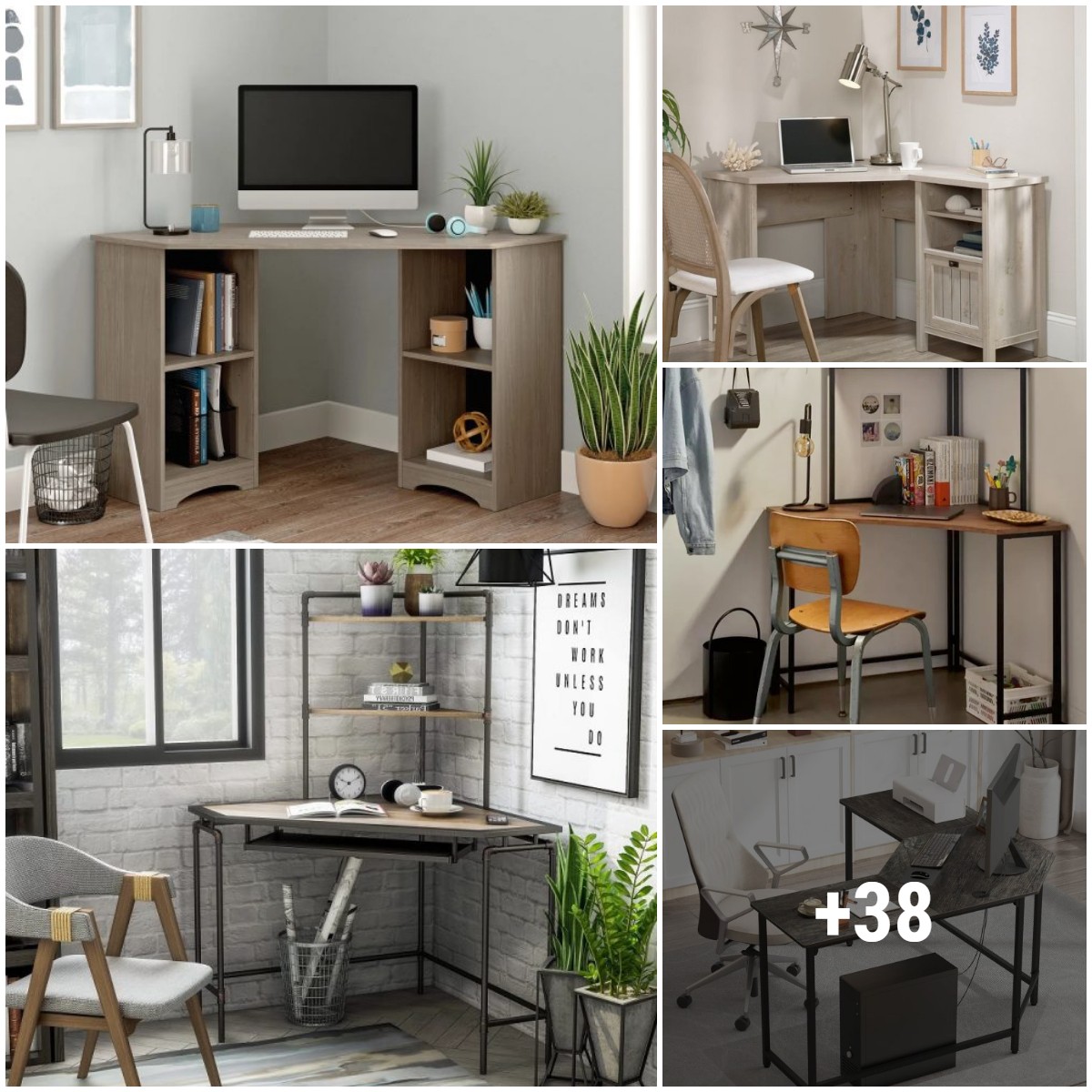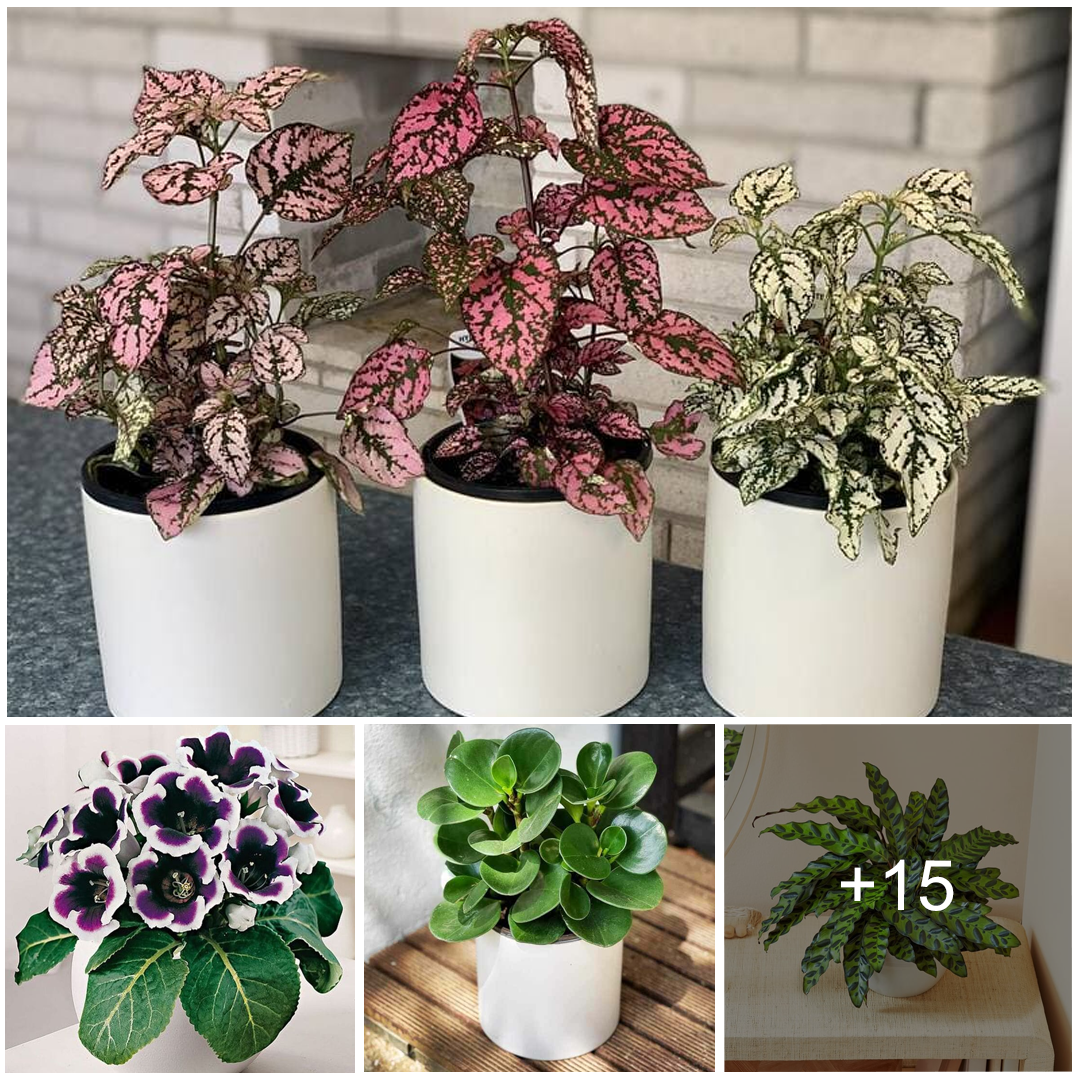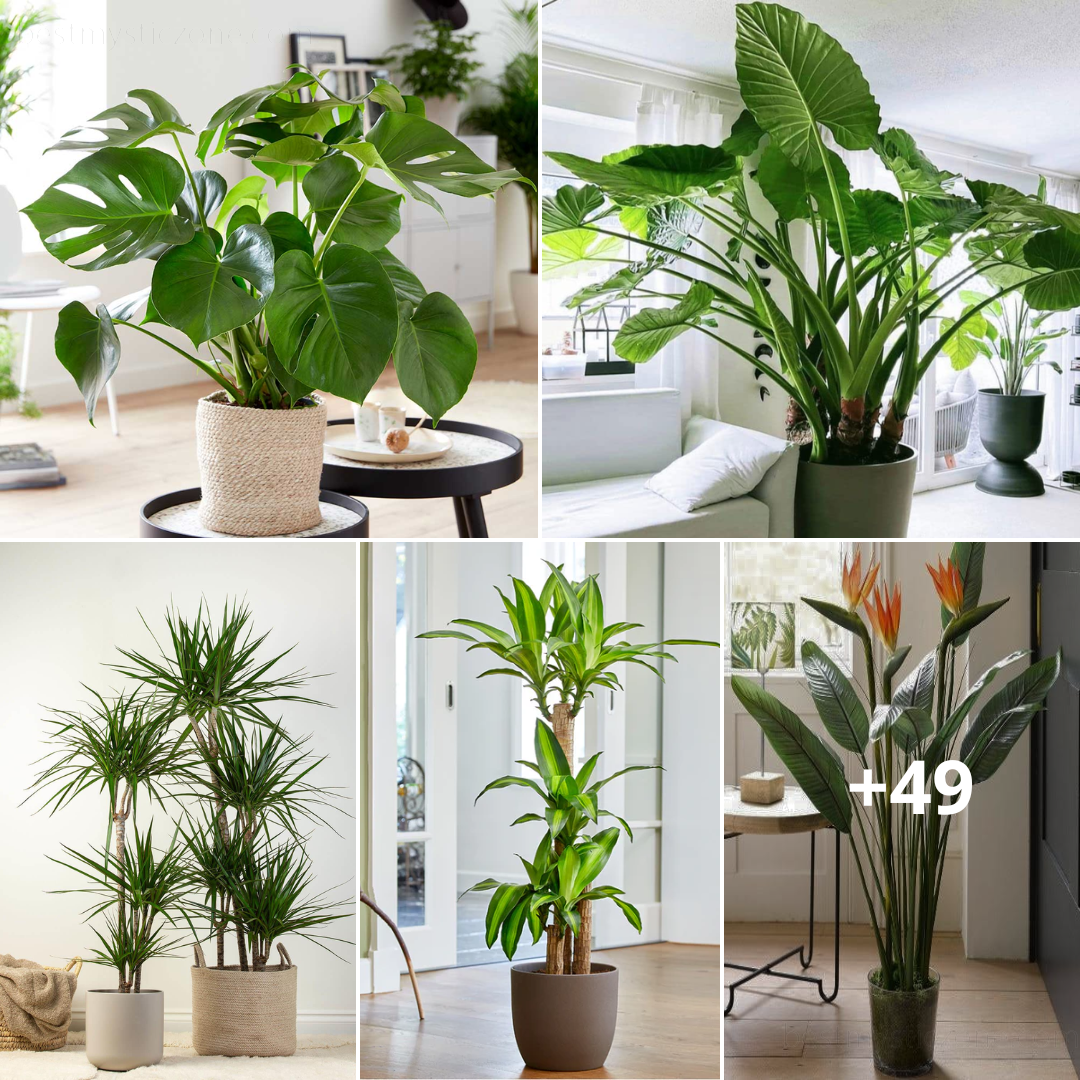Have you decided to add a new philodendron to your garden this season? Maybe you have some philodendrons already in your houseplant collection, but want to make sure they grow to their fullest potential? In this article, gardening expert and houseplant enthusiast Madison Moulton provides her top tips for growing beautiful indoor philodendrons!
Arguably the most popular houseplant genus on the market today, Philodendrons are perfect plants for both brand new plant parents and experienced green thumbs. They are beautiful plants, with many of them having striking variegated leaf patterns.
There is something for everyone in this genus, featuring leafy plants in many colors and shapes. From the easy to care for Heartleaf Philodendron to the social media favorite Pink Princess Philodendron, almost every houseplant lover has at least one of these beauties in their home.
Although they have a reputation for being easy to care for, looks can be deceiving. They may not appear to be struggling to grow, but in less than optimal conditions, your Philodendron certainly won’t grow to its full potential. To get the most out of your plants when growing indoors, follow these 12 essential Philodendron tips.
Choose The Right Species For You

The Philodendron genus is packed with variety in color, shapes and sizes. In fact, you can place two Philodendrons together and not even know they are related. Each species is different, with its own quirks and growth habits.
These differences need to be taken into account when choosing which Philodendron to grow to make sure you pick the right one for your space and needs.
Some Philodendrons are needier than others. Some require high humidity above 60%, while others will be happy with anything above 40%. Several Philodendrons can handle low light conditions with ease while others need bright indirect light all day to sustain their color.
Taking these factors into account, make sure you choose the right Philodendron for you. If you have a busy schedule and don’t have enough time to care for a fussy plant, choose a tolerant variety. If you don’t have a bright spot, choose one more suitable for low light. And so on.
Matching your Philodendron to your space and capabilities will give you the best start in growth, making every other step to growing a great Philodendron far easier. You can find some popular philodendron varieties below.
Popular Varieties
- Philodendron Mamei
- Philodendon Gloriosum
- Philodendron Brandtianum
- Philodendron Rio
- Philodendron Brasil
- Philodendron Birkin
- Philodendron Gigas
Do Your Research

Once you’ve chosen the right Philodendron for you, it’s time to do some digging. Members of the Philodendron genus may be related with similar needs, but there are intricacies between each species that need to be considered.
Let’s take the Pink Princess Philodendron as an example. This incredibly popular plant has gorgeous pink variegated leaves that made it a sensation on social media. But, if they aren’t given the ideal amount of light, they will begin to lose this color over time. Without doing your research, you may not know how best to care for your specific plant.
Most Philodendrons have similar needs in terms of watering, fertilizing, lighting and temperature. But their tolerances for anything out of their preferred conditions differ greatly. Once you understand your chosen species, you can provide optimal care so they grow to the best of their ability.
Choose The Right Spot

Most common Philodendrons grown as indoor plants are considered low-light tolerant. That means you can place them almost anywhere in your home and they won’t show too many signs of struggle. But, if you want your plant to grow well long-term, low light is not the answer.
Plants in the Philodendron genus are native to tropical rainforests. They grow underneath and up tree trunks, covered by the leafy canopy overhead. This dappled light they receive in their native habitats is equal to what we call bright indirect light indoors. These are areas very close to light sources out of the path of direct sunlight but unobstructed by any nearby objects.
To grow a great Philodendron, rather than an average or barely surviving one, make sure they get bright indirect light for most of the day. Some species, particularly those with lighter leaves, may even benefit from an hour or two of direct morning sun, as long as it is not too harsh.
Never Overwater

The genus name Philodendron comes from the Greek words ‘philo’ meaning lover and ‘dendron’ meaning tree. This phrase describes their growth habit as they are typically found clinging onto trees and using them for support in their native habitats.
This means many Philodendrons are classified epiphytes or hemiepiphytes. Rather than getting all their moisture and nutrients from the soil, they use aerial roots to grab moisture from the air and nutrients from the small pockets of trees. The roots become drenched when it rains and use humidity to sustain themselves for the rest of the time.
Thanks to this growth habit, Philodendrons are incredibly sensitive to overwatering. They do like lightly moist soil to sustain growth, but cannot stand soggy or waterlogged soil. Watering when the top layer of soil is still moist is sure to lead to early death of your plant.
Instead of watering on a schedule, water when the top two inches of soil have dried out by testing often with your finger. Make sure to double-check the requirements of your species, as some may need more water than others.
Don’t Wait For Wilting

On the opposite end of the spectrum, it’s also vital to avoid underwatering in these plants. As they are quite resilient, several Philodendron species can go a while without an additional drink. They won’t show any signs of trouble until the soil is almost completely dry, when the leaves begin to wilt and curl inwards.
Some indoor gardeners use this wilting as their signal to water, leaving the plant to its own devices until then. Unfortunately, that leads to a lot of stress and stunted growth, meaning your plant is not growing to its full potential. Rather than keeping the plant healthy and happy, watering once it starts wilting is doing the bare minimum to keep it alive – and only just.
Make sure you check the soil often and water before it dries out completely to prevent stress.
Feed As Needed

Each Philodendron will require fertilizer at different times based on its growth rate and conditions. But, they will certainly all benefit from being fertilized throughout the growing season, especially if they have been in the same pot for more than a year.
When you buy your Philodendron from a nursery, the soil it came in should have enough nutrients to keep it going for a while. After a few months though, those nutrients get used up. There is less and less available to spur growth, leading to slow or completely stunted growth over time.
Developing a consistent fertilizing schedule is the best way to combat nutrient deficiency and give your Philodendrons the boost they need to grow into great plants. Fertilizer with help the leaves appear lusher, the stems stronger, and the roots better able to perform as they should.
Check your specific species to determine when the right time is to fertilize and what fertilizer to use. Never use more than is recommended on the packaging as this can do irreparable damage to the roots and leaves.
Repot At The Right Time

Repotting houseplants can be a tricky process. Many people repot too soon, believing their plants need a new home every year or worse, as soon as they purchase them. Others leave their plants in the pots they came in so long that they forgot when they first purchased them. Neither scenario is ideal.
Repotting is one of those maintenance tasks that should be done only when absolutely necessary. Repotting too soon or too often can cause undue stress that may take the plant a while to recover from. Leaving repotting too late can lead to stunted growth and may make it difficult for the plant to become established in its new pot.
Some Philodendrons grow faster than others, requiring repotting sooner. In other words, there is no set time to follow. Instead, look out for these signs that your plant needs repotting and wait until the start of the growing season to get going or tackle the problem straight away:
- Roots growing through the drainage holes.
- Stunted growth.
- Yellowing leaves.
- Water runs straight through the soil without soaking in.
Keep The Soil Light

When repotting time comes around, you’ll likely start by preparing a new soil mix. Getting this right is essential in keeping your Philodendron happy in the years that follow. The incorrect soil mix can not only lead to growth problems but may even kill your plant altogether if the problems are not resolved.
All Philodendrons need an incredibly well-draining potting mix to avoid root rot. It should also be light and airy to ensure enough oxygen gets delivered to the roots. Generally, any specialized houseplant potting mix amended with perlite and peat moss should do the trick.
If you want to go the extra mile and grow a truly great Philodendron, you can also make your own soil mix. Start by assessing the components of the existing soil, examining the consistency and texture. This will tell you what the plant is used to growing in and what it has grown well in for the past few months or years.
Then, using a high-quality potting mix and the additional materials, combine your own soil until it matches the texture of the previous mix. This will ensure your Philodendron will be happy in its new home while limiting the chances of transplant shock.
Warmth Is Key

Plants in the Philodendron genus originate from tropical forests around the world. In these habitats, temperatures generally hover around 75F or 80F and rarely ever drop below 65F. They also don’t go much high than 90F for long periods and stay temperate throughout the year.
To grow a great Philodendron, you need to take these temperatures into consideration. Species may differ slightly, but most will grow best in temperatures between 65F and 85F throughout the year. Any cold dips below 60F will slow growth, and temperatures below 50F can end up causing permanent damage.
Keep your Philodendron in the warmest room of the house and try to maintain similar temperatures between seasons. Sudden shifts in conditions can also result in stress, even if temperatures remain within their desired range.
Avoid Drafts

We may appreciate a breeze from an open window or air conditioner, but our houseplants certainly don’t. While airflow around your Philodendron is important, strong drafts from open windows can cause the soil to dry out too quickly and the leaves to crisp out, causing stress.
Wind from air conditioners has the same effect, changing conditions around the plant erratically and potentially leading to leaf drop.
Keep your Philodendron away from open windows, especially during winter. They should also remain out of the path of air conditioners or radiators year-round. As long as there is enough space around the plant and they aren’t stuffed into a corner, they shouldn’t need any additional airflow.
Increase Indoor Humidity

Humidity can be a tricky indoor condition to manage. Unfortunately, if you want your plants to look great and be as healthy as possible, it is essential.
For most Philodendrons, humidity above 40% is sufficient for growth. It needs to remain above 40% all year, including over the dry seasons, to avoid stunting growth. However, this humidity doesn’t come close to the 80% and above they are accustomed to in their native habitats.
If you want to improve growth and help your Philodendron grow to the best of its ability, upping the humidity should be one of your main priorities. There are several ways to do this, but the most effective is to use a humidifier. This can be more costly than other solutions, but is ultimately safer for your plants and delivers the best results.
Check For Pests & Diseases

There is one potential plant killer that is almost impossible to avoid, even with perfect care – pests and diseases. Philodendrons are not highly susceptible to these problems, but they can become victims of any of the common indoor plant pests and diseases like all your houseplants.
Be on the lookout for signs of common houseplant bugs like spider mites, mealybugs, scale and aphids. Repeat applications of neem oil or an insecticidal soap will quickly get rid of the problem and bring your plant back to good health.
Diseases are trickier, but luckily far less common. If you notice any unusual spots or discoloration, prune those areas away immediately and quarantine the plant. Only bring it back indoors once all signs of trouble have disappeared.
Final Thoughts
Philodendrons are some of the most low-maintenance and beginner-friendly indoor plants you can own. There are a large variety of different cultivars you can choose from, giving your indoor garden plenty of different plants you can grow. With these few tweaks in care and conditions, you can take your chosen species from good to great in no time!






